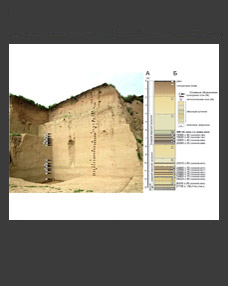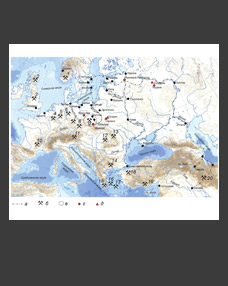Svetlana S. Tur* and Nikolay N. Seregin**
Altai State University, Barnaul, Russia
*E-mail: tursvetlana@mail.ru
**E-mail: nikolay-seregin@mail.ru
Keywords: Altai, early Middle Age, Central Europe, modification of the foramen occipitale magnum, Hungarian conquest of the Carpathian basin, symbolic trepanation.
In the early Middle Ages, antemortem symbolic trepanation of the cranial vault and the practice of postmortem modification of the foramen occipitale magnum became relatively widespread in Hungary. The origins of the custom of symbolic trepanation are traced to Eastern Europe. Findings of chronologically similar skulls with artificially mutilated foramen magnum are practically unknown outside of Central and Southern Europe. The purpose of this paper is to present a craniological find from the Gorny-10 burial ground in Northern Altai, which indicates that both of these cultural practices could have Asian roots. Most of the burials in the Gorny-10 burial ground, which is one of the largest and most representative sites of the Turkic Khaganates era in Northern and Central Asia, are undisturbed single inhumations, but some of them revealed traces of unusual manipulations with the bodies of the dead including separation of the head. The skull of a male from grave 1 has the following features: three defects resulted from symbolic trepanation (on the parietal bones antemortem, in the middle of the sagittal suture perimortem or postmortem); traces of the removal of the first cervical vertebra that was connected to the base of the skull by bone bridges as a result of a congenital developmental anomaly (assimilation of the atlas); and artificial expansion of the posterior half of the foramen magnum. The symbolic trepanation could have been performed for therapeutic purposes, since the individual had presumably neurological disorders. There are traces of artificial mutilation of the foramen magnum on other skulls from this burial ground as well.
DOI: 10.31857/S0869606325010063, EDN: BGXETQ







